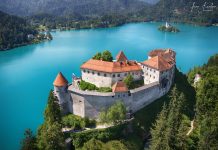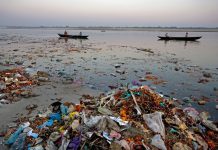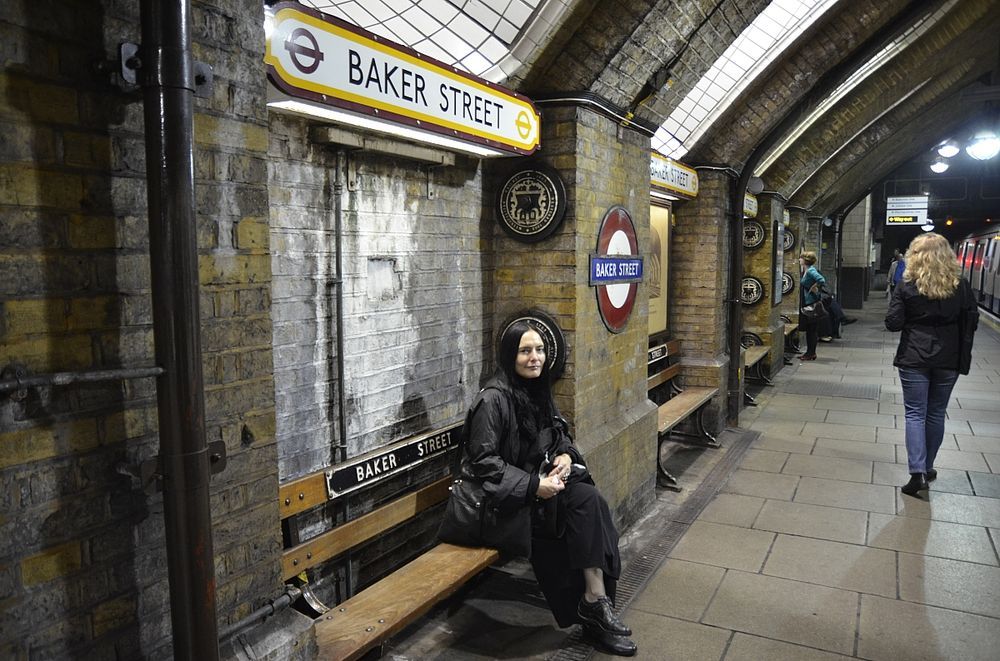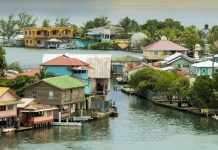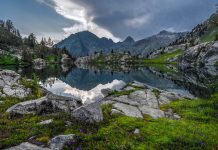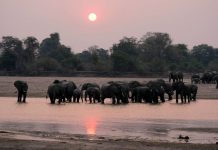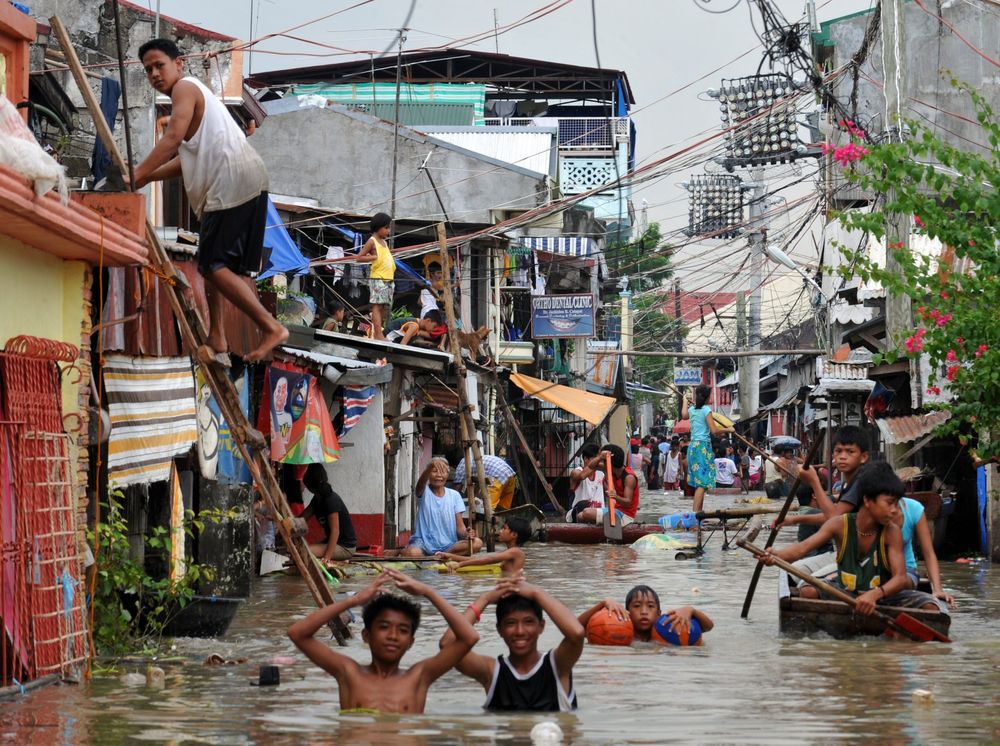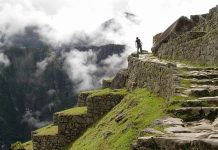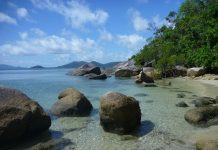The Philippines archipelago, consisting of more than 7,000 islands, is sandwiched between Malaysia, Indonesia, Vietnam and Thailand, and flanked by the South China Sea. All her neighbours have well-known tourist appeal, but the Philippines, even though the sea is just as blue and clear and the myriad coral islands just as alluring, seems to have missed the boat when it comes to fully marketing its attractions. The Philippines is a magical travel destination which remains relatively undiscovered.
Bad press in recent years, after some high-profile terrorism and kidnapping incidents, has not helped matters. The country has also laboured under a turbulent political reputation and is still overcoming the effects of martial law. Its poor infrastructure, dilapidated roads and unsafe ferries, have also all played a role in deterring potential travellers and the country has been overlooked as an eco-tourist destination because of local disregard for its natural resources (such as fishermen dynamiting coral reefs). While resources are being channelled into education to prevent such practices a great deal of damage has already been done to the environment.
The good news is that Filipinos themselves are warm and welcoming, as underscored in the country’s tagline ‘where Asia wears a smile’. Apart from some beautiful, remote tropical islands and legendary scuba diving spots, the archipelago’s best resource is the friendliness and laid-back attitude of the Filipino people. Their hospitable and embracing attitude is enough to put a smile on any visitor’s face; and this is even more the case in the country’s rural areas. The Philippines has some superb all-inclusive luxury resorts spread around the islands which cushion visitors from the general degradation and safety risks of the cities and towns, and a major plus is that the country is amazingly cheap for foreign tourists who have dollars, pounds or euros to spend. Also, the food is delicious, and English is widely spoken.
Independent travellers who like to wander off the beaten track, and do not mind doing without the conveniences of running water and the like, will find plenty to fascinate them in the countryside and coastal parts of the Philippines; albeit without the assistance of guide books. The Philippines is one of the few places left in the world where adventurers can wander through tribal lands, unfettered by modern interferences. Travellers are, however, advised to follow the current safety advice on areas to avoid.

